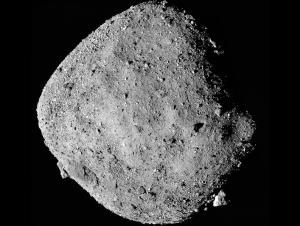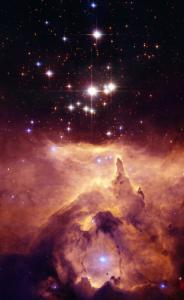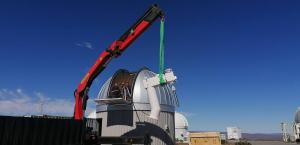HAPPENING TONIGHT: UH-discovered asteroid to make close approach to Earth, no impact risk
University of Hawaiʻi at MānoaA newly-discovered asteroid by a University of Hawaiʻi-operated telescope will pass close to Earth, inside the Moon's orbit tonight. Orbit computations by NASA and the European Space Agency (ESA) predict it will make its closest approach to Earth shortly after 1:30 a.m. Hawaiʻi time.
The asteroid, named 2024 MK, is about 575 feet or nearly two football fields across, and will brighten to visual magnitude 8, fainter than what is visible by the naked eye but easily detectable with binoculars or a small telescope. The best time to observe the object from Hawaiʻi will be around 10 p.m. It will be visible in the southern sky to the southeast of the constellation Scorpius.
Asteroid 2024 MK was discovered on June 19 by the NASA-funded UH’s Asteroid Terrestrial-impact Last Alert Survey (ATLAS) telescope in Sutherland, South Africa, one of four global telescopes operated by UH's ATLAS system.
"2024 MK is a routine discovery for ATLAS, and while this object will not collide with Earth and poses no immediate danger, it shows that we can detect these objects prior to their close approach or collision with the Earth," said Larry Denneau, UH Institute for Astronomy astronomer and ATLAS co-principal investigator.
The four-telescope ATLAS system is the first line of defense in surveying for hazardous asteroids capable of monitoring the entire dark sky every 24 hours. Read this UH News story for more about ATLAS.



